-

+86-577-57156888
-

-

+86-577-57155869
-

11th Floor, Building 6, Headquarters Economic Park, Yueqing, Zhejiang, China
When Is Water Pump Starter Necessary For Remote Water Supply?
Industry News-Managing water distribution in remote or large-scale systems requires more than just powerful pumps. Smooth and controlled operation is critical to avoid damage caused by voltage fluctuations or abrupt starts. In these applications, the Water Pump Starter and External Bypass Soft Starter play essential roles by ensuring consistent power management, reducing wear on equipment, and maintaining a steady flow of water even under challenging conditions. They are particularly valuable in areas where manual oversight is limited, and automatic protection of the system is required.
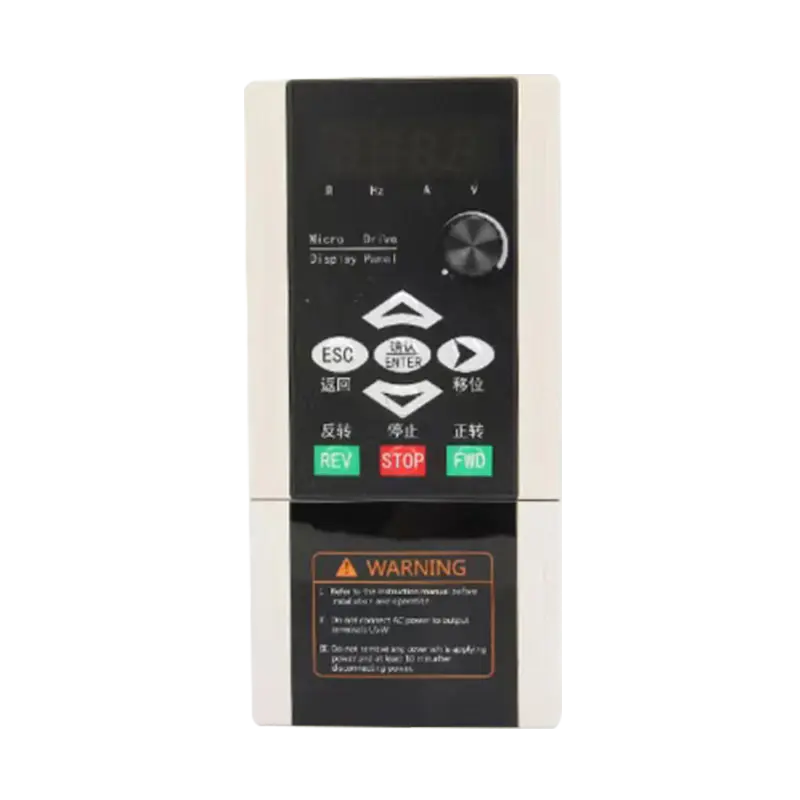
The Role of Starters in Remote Pumping Operations
In remote water supply systems—such as agricultural irrigation networks, mountain reservoirs, or rural industrial installations—pumps are often located far from control centers. A Water Pump Starter helps by gradually ramping up the motor’s speed, limiting current peaks during startup, and providing smooth acceleration.
When connected to long-distance pipelines, the gradual start-up process also reduces the risk of hydraulic shock, often known as water hammer. This phenomenon can damage valves and joints or cause pressure imbalances within the system.
The External Bypass Soft Starter adds another layer of efficiency. Once the motor reaches its full speed, it transfers current from electronic components to mechanical bypass contacts. This reduces internal heating and improves energy use, a practical advantage for systems that must operate for long hours without human supervision.
Why Remote Systems Need Controlled Starting
Remote water supply facilities usually depend on automatic systems powered by generators or local grid connections that may experience unstable voltage. Direct-on-line motor starting under these conditions can cause excessive voltage drops, triggering circuit interruptions or damaging other electrical devices connected to the same power source. The Water Pump Starter prevents these issues by regulating electrical demand during motor startup, protecting both the pump and the broader electrical system.
Moreover, maintenance crews in remote sites cannot always respond immediately to equipment faults. Built-in protection features—such as overload detection, phase loss protection, and automatic restart—help maintain continuous operation and prevent long downtimes. The External Bypass Soft Starter enhances this by reducing the temperature rise in control circuits, which is particularly useful in hot or enclosed environments where equipment cooling is limited.
For water stations that operate on solar or hybrid energy systems, soft starters are also crucial. They allow smoother motor engagement without creating a sudden drop in voltage that could destabilize renewable power sources. This controlled startup approach helps maintain energy balance and extends both motor and power system lifespans.
Application Scenarios in Remote Water Systems
Remote installations such as agricultural irrigation zones often require pumps to operate at variable times throughout the day depending on soil moisture or water level sensors. A Water Pump Starter provides the necessary flexibility by allowing pumps to start and stop automatically based on preset parameters. This prevents abrupt current surges each time the pump cycles, saving energy and preserving equipment performance.
In mountain or desert water supply systems, pumps are frequently placed at elevation points to transfer water across uneven terrain. Voltage fluctuations can be more common in such locations, especially when power is distributed across long distances. The External Bypass Soft Starter ensures steady current flow once the system stabilizes, reducing stress on both motors and control components.
Municipal water stations and treatment facilities serving remote villages or industrial complexes also rely on starters for fault management. When connected to monitoring equipment, the starter can transmit fault codes or alarms to a control center, helping operators quickly identify problems such as overload or dry running.
Benefits of Using Starters for Remote Monitoring and Efficiency
One of the main challenges of remote water management is ensuring that systems remain functional without continuous human attention. The combination of a Water Pump Starter and an External Bypass Soft Starter offers both electrical and mechanical protection that supports this goal. These starters can also interface with digital control systems or wireless monitoring platforms, making them suitable for modern automation. Remote operators can check motor status, current load, or fault indicators through control panels or online dashboards. This capability reduces the need for frequent on-site inspections and allows adjustments to be made quickly if irregularities are detected.
 English
English 中文简体
中文简体 عربى
عربى
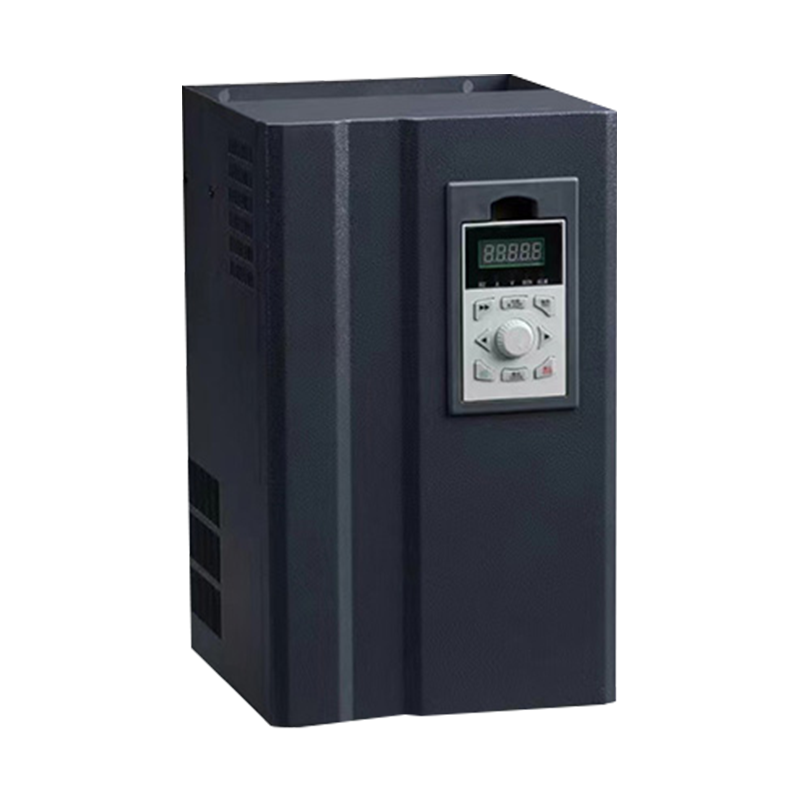

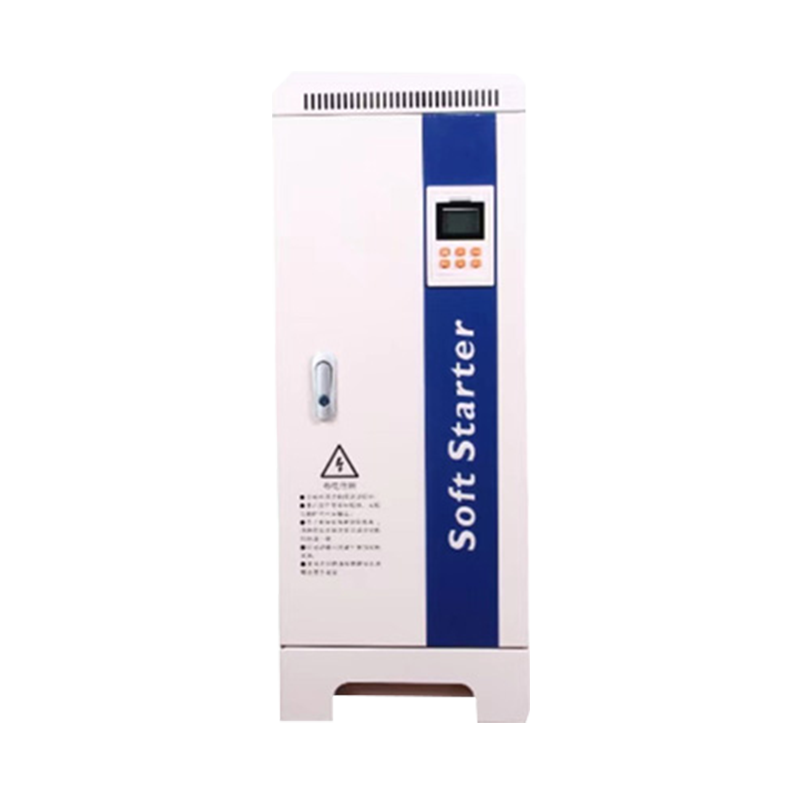
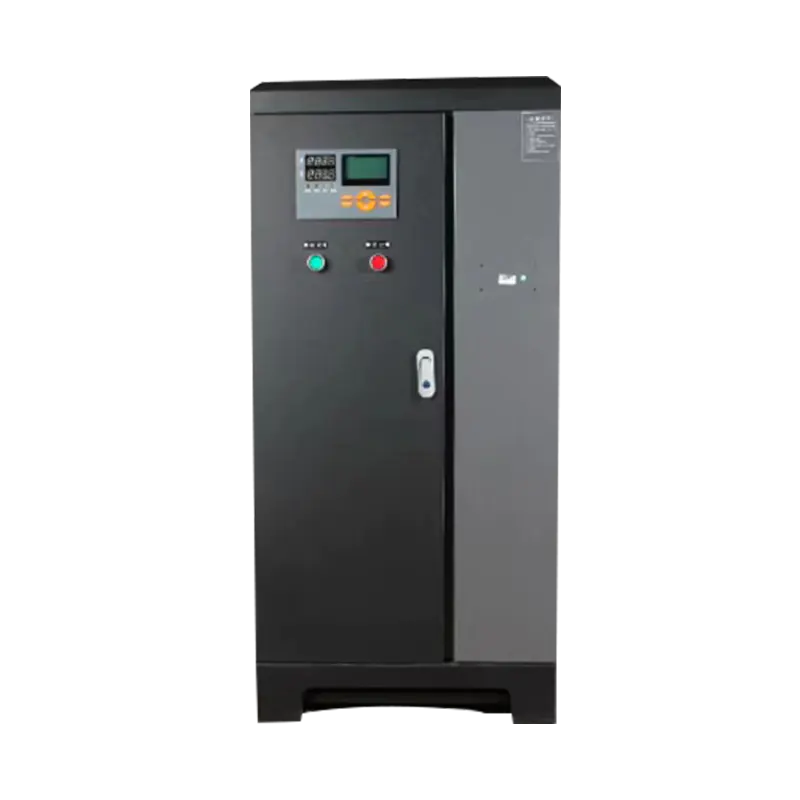

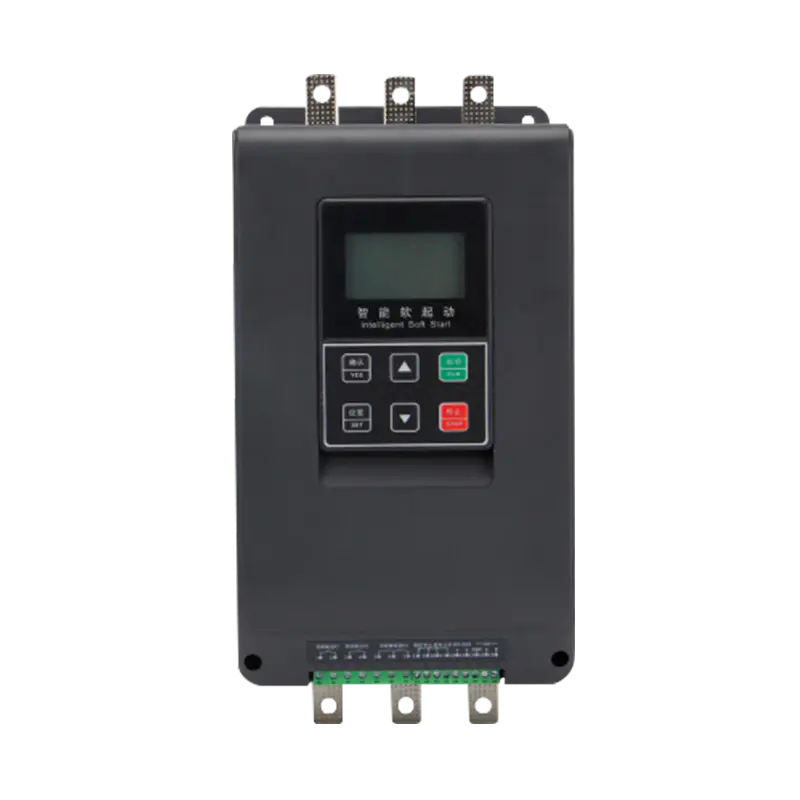

 浙公网安备33038202003754号
浙公网安备33038202003754号